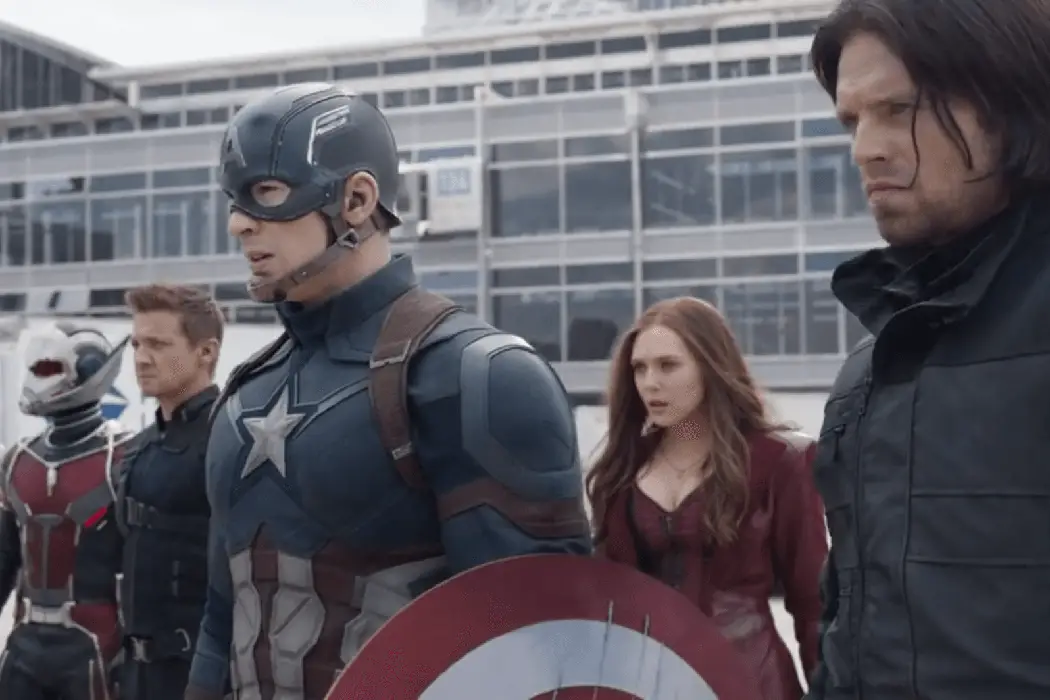Cinematic Advertisements: How Modern Hype Changed Cinema Ads

Joseph is an Austro-American media and communications student currently living…
Cinemas manage to draw in a considerable amount of people every year. Crowd pleasers, such as Star Wars or Harry Potter, boost these numbers even more. These films allows advertisers to reach a wide audience so that they can sell their products.
Yet, it seems that modern “hype culture” may have altered that perception. In a way, the rise of blockbusters has brought a classic television commercial problem to cinemas. The question is, though, how are companies trying to counteract this issue? Does this have any influence on smaller or larger productions?
Hype As A Form of Distraction
Why are smaller films much more profitable than bigger releases for advertisers? It pretty much boils down to the cinema viewer. Tentpole releases attract an audience with high expectations for the film. As such, it is the main focus of their visit to the cinema. To give an example, let us look at the upcoming Fantastic Beasts and Where to Find Them.
The film is a continuation of the Harry Potter franchise and carries certain expectations. As such, while waiting for the film to start, the viewers will talk about it. The focus is away from the screen until the lights dim for the feature film. As a result, most people do not recall any advertisements that aired before the film. The hype distracts from advertisements, as people’s excitement rises.

Where does this assumption come from? It is the result of a survey that I conducted back in May of this year. The survey focused on comparing two films of different genres. In total, 153 Austrian movie-goers answered the survey. It took place after they had either seen How To Be Single or Captain America: Civil War. The questionnaire focused on uncovering the “advertising impact” by analysing two distinct elements: the viewer had to recall ads off of the top of their head, as well as what ads they could recognise from a prepared list.
This survey revealed that How to be Single offered a stronger advertising impact. The female-centric film had a stronger recall and recognition in comparison to the blockbuster. The survey also proved that women in general pay more attention to ads. The superhero film did prove to be more diverse in its target audience. The advertising impact spread was much stronger, but weaker when put in comparison. Still, in the end it was not as successful as the comedy film.
A Question Of Media
Someone could point out that the difference does not confirm the previous hypothesis. Luckily, I had the opportunity to get a look behind the scenes of cinema advertising. Together with the Austrian cinema ad agency, Cinecom, I was able to analyse the results. In the end, we came to the consensus that blockbusters are weaker performers by only a slight margin. This is due to smaller productions having smaller defined target audiences. Moreover, they are casual experiences through which people pay more attention.

This analysis also garnered more attention thanks to German consumer psychology professor, Georg Felser. Felser (2014) analysed the environment of advertising, especially in relation to media. When it came to television, he noticed that the weakest advertising impact was around a show. The reasoning was rather simple. The excitement or anticipation for the show was distracting from the ads. As different as cinema and TV can be, they are similar in many ways, which lead to the previous consensus.
There are counter-arguments as well. While the advertising impact is not as strong, the amount of people reached could even it out. Also, advertising is an emotional and psychological process. The results vary from person to person. Taking Austria as an example, cinema is not a perfect place to advertise in general. Only around half of Austria’s population actually go to the cinema. That makes four million people that only watch four films a year. These are statistics that represent 2014 from Filminstitut Österreich’s statistics. With around 400 films released within that year, the more popular films are safer bets. This does not include product placement, which adds another layer to the issue.
A Counter Measure?
The survey also tried to research a potential way to counteract this issue. The keyword here is “merchandising”. Most people would recognise this word from toys. Many productions make toys in correlation with films or other projects. Star Wars is a perfect example, as Disney makes a lot of money off of toys, cereals, or any imaginable product.
Yet, this practise is also used in conjunction with advertisements and other products. Let us consider an example: Red Bull created collectible cans with Han Solo or Luke Skywalker on them. To further sales, show advertisements feature these cans with these films. It utilises the hype surrounding the film to also create more interest for the product.
There are various examples that prove that this is a new trend for cinema advertisements. Turkish Airlines saw a great potential in Batman v Superman: Dawn of Justice. The company integrated the fictional cities of Gotham and Metropolis into their flight schedules. They also created an advertisement that aired during the release of the film. Turkish Airlines wanted to create a synergy effect by partnering with Warner Bros. Pictures. They got to use assets to boost awareness of their service, while the film received publicity. It’s a strategy that is effective when used with films of higher awareness. Smaller productions do not offer the same wide-spread appeal.
Conclusion
In a way, both smaller and larger productions balance each other out. Blockbusters have a weaker advertising impact, but offer other options to boost sales. Smaller productions allow a stronger impact with a specific target audience. Hype culture and the rising amount of blockbuster films have changed cinema ads. It gives smaller productions the ability get more attention from advertisers.
In a way, hype’s negative effect allows smaller films to flourish. They give cinema ads a much needed boost and cost less. Cinema is just as fickle as its viewer, but it’s also just as diverse.
What are your experiences with cinematic advertisements?
Does content like this matter to you?
Become a Member and support film journalism. Unlock access to all of Film Inquiry`s great articles. Join a community of like-minded readers who are passionate about cinema - get access to our private members Network, give back to independent filmmakers, and more.
Joseph is an Austro-American media and communications student currently living in Austria, who grew up with film most of his life. Having won a new appreciation of cinema as an art form and as an industry, he aims to learn as much about it as he can.













